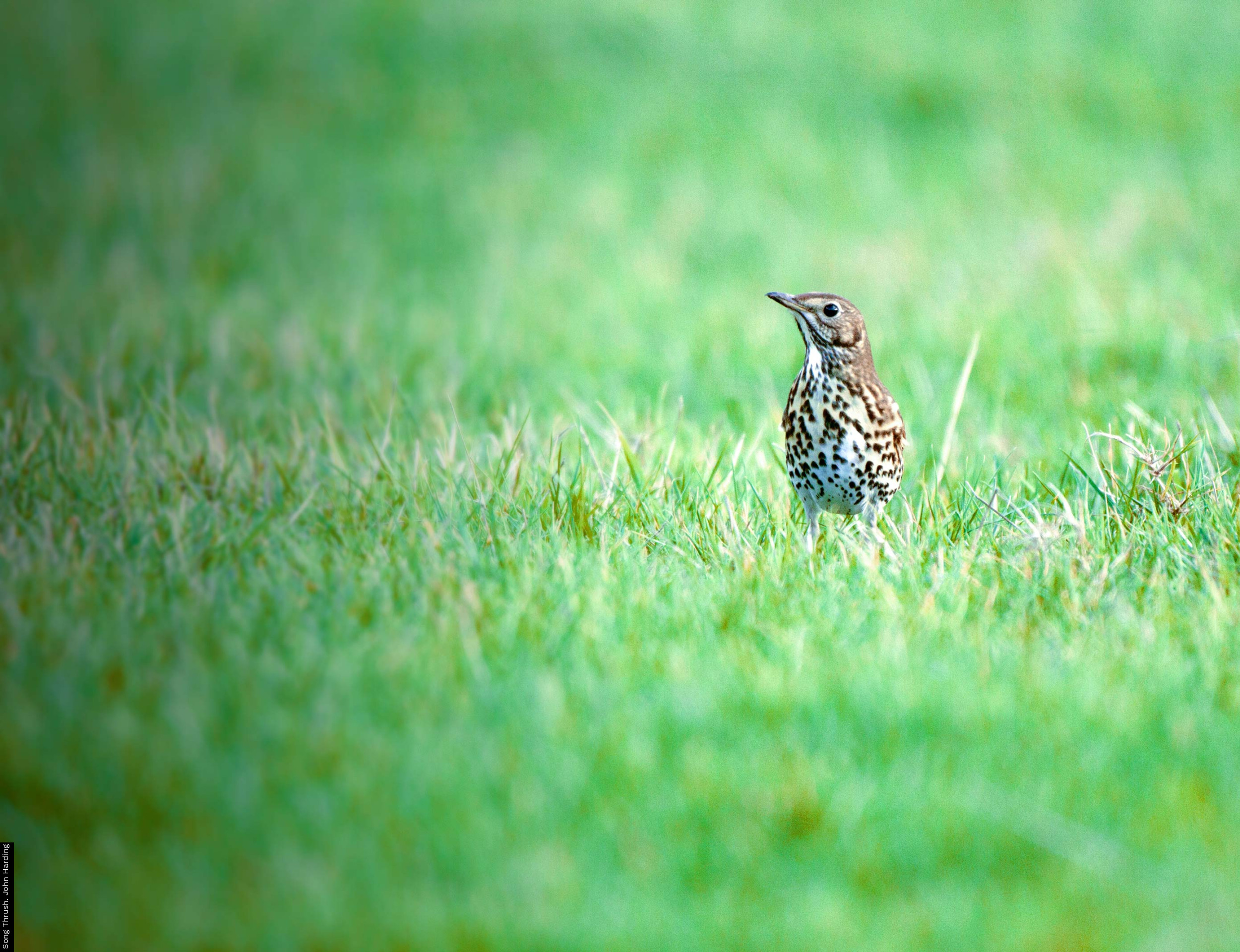Shortest Day Survey - Results
The BTO Shortest Day Survey took place on 21st December 2004 and was promoted by BBC Radio 4 via the Today Programme. Some 5,460 responses were received from participants and these were used to determine patterns in the arrival of birds at garden feeders.
The pattern of arrival, on average, was:
| Species | Time after first light |
|
Blackbird
|
13.0 minutes
|
|
Robin
|
16.0 minutes
|
|
Blue Tit
|
19.5 minutes
|
|
Song Thrush
|
21.9 minutes
|
|
Dunnock
|
22.0 minutes
|
|
Wren
|
23.2 minutes
|
|
Magpie
|
23.4 minutes
|
|
Great Tit
|
23.5 minutes
|
|
House Sparrow
|
24.1 minutes
|
|
Pheasant
|
24.7 minutes
|
|
Long-Tailed Tit
|
25.1 minutes
|
|
Coal Tit
|
25.5 minutes
|
|
Jackdaw
|
27.0 minutes
|
|
Wood Pigeon
|
27.7 minutes
|
|
Chaffinch
|
28.0 minutes
|
|
Collared Dove
|
28.8 minutes
|
|
Starling
|
29.0 minutes
|
|
Greenfinch
|
30.0 minutes
|
|
Goldfinch
|
30.2 minutes
|
|
Great Spotted Woodpecker
|
32.2 minutes
|
The mean time of arrival after time of local 'first light'
These arrival patterns were then examined in relation to a number of factors, including relative eye size and local habitat, in order to establish whether there was anything that determined when birds first arrived at feeding stations.
We found that there was a negative correlation between eye size and time of arrival at garden feeders across species, and that this relationship remained significant when body mass was taken into account. This suggests that the time at which garden birds begin to forage on winter mornings may be limited by their visual capability at low light intensities.
We also found that birds appeared at garden feeding stations later in the morning in urban areas than in rural areas during winter. This supports the hypothesis that heat pollution may reduce overnight energy costs in small birds in urban areas, thereby reducing the urgency for them to 'refuel' first thing in the morning.
Two papers were published from this work.






Share this page